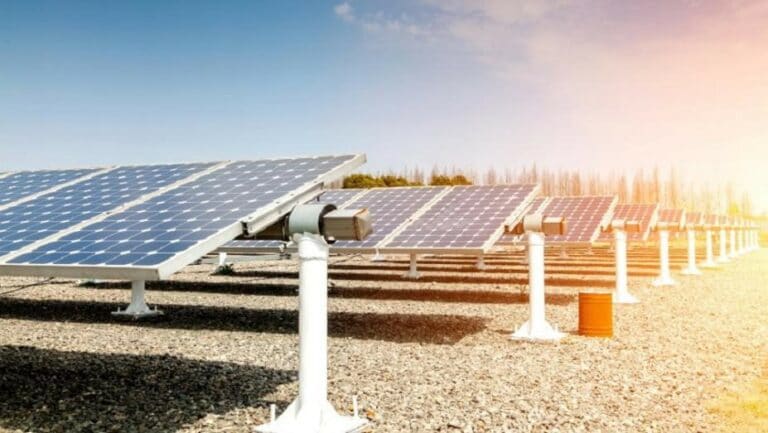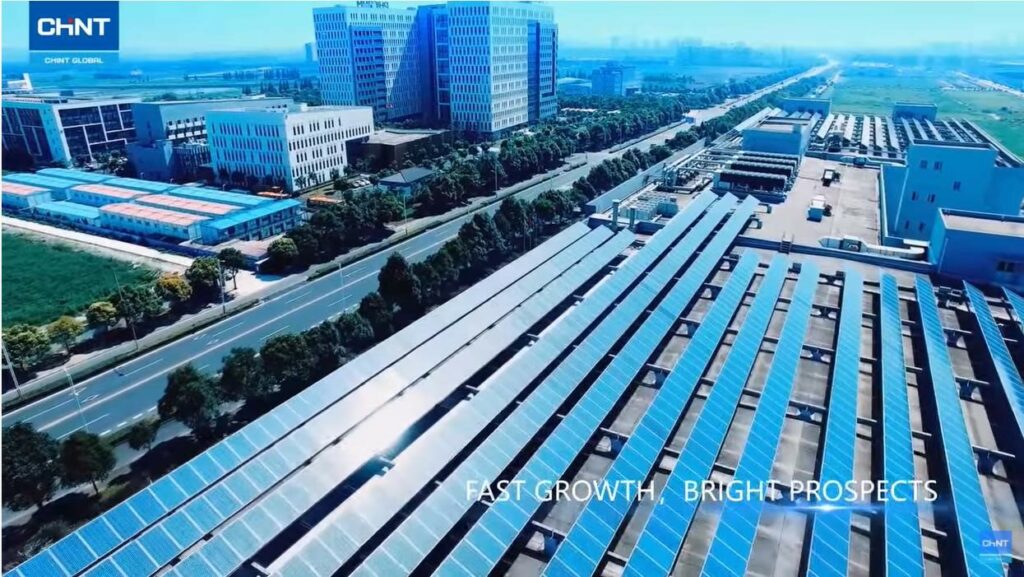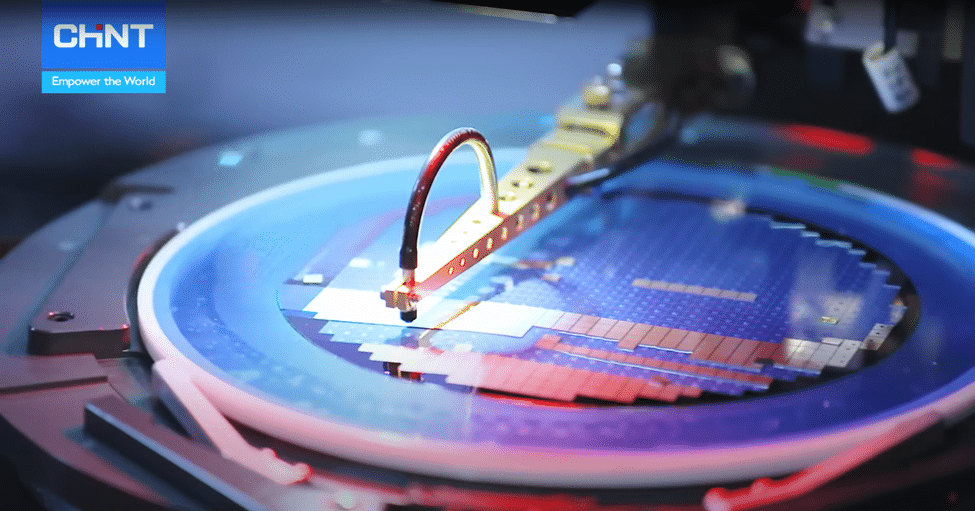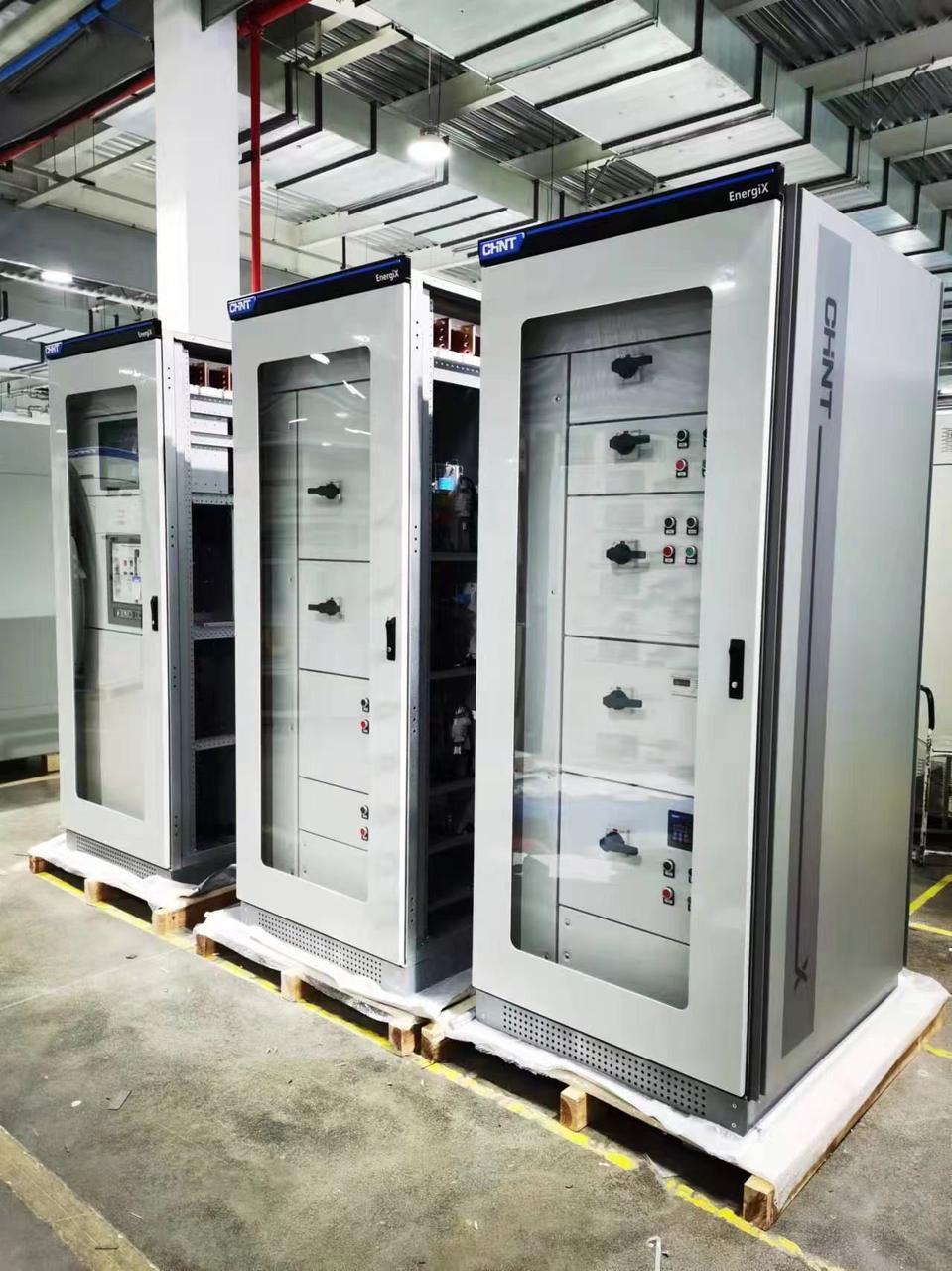Solar panel wattage is a crucial factor to consider when comparing solar panel options. Prospective solar panel buyers often have a goal for how much energy they want to produce. Perhaps it is 100% or just 50% of their needs. In any case, different factors will often influence the solar panel’s production capabilities.
How much power do solar panels generate? Find out below before purchasing a solar panel unit.
How to Calculate the Output of a Solar Panel
Since every PV module system is different, it is challenging to determine and calculate the exact solar panel output or how much electricity it would generate.
An ideal place to start is understanding the parameters that earn a solar panel system its wattage rating. A solar panel may be able to produce anywhere between 250 watts and 400 watts. Unfortunately, this does not guarantee that your system will continuously produce the exact amount, which is where different variables come in.
However, a solar panel efficiency number is a gauge of your panel’s watt numbers can produce in ideal conditions. Such ideal conditions, known as Standard Test Conditions (STC), are often simulated in a lab where panels are tested.
The conditions for panel output would mean that your solar panel operates at 77 °F while there are 1000W of sunlight per m² hitting your panels. Therefore, under such ideal conditions, a 300-watt solar panel often produces 300W of power.
Such a standard is an ideal way to ensure all panels match the exact criteria when manufactured.
To calculate a solar panel’s output, you would need to consider different factors such as sun hours in your area, solar panel size, and the efficiency of a single solar panel.
How Much Energy Does a Solar Panel Produce?
Solar panels are rated by the amount of DC power (Direct Current) they generate under standard test conditions. The output is expressed in watt (W) units and represents the panel’s theoretical power generation under ideal temperature and sunlight conditions.
Generally, a standard 1 kW of solar panels can produce about 850 kWh of electricity per year.
Moreover, to determine how much energy a solar panel can produce, you should consider the solar panel technology type used. Once you come across a solar panel provider, check through their products, and you may notice two types of solar panels. These include monocrystalline and polycrystalline.
On the one hand, the monocrystalline has;
- Higher efficiency
- More expensive
- Improved performance in shady and high-temperature conditions
On the other hand, polycrystalline has;
- Lower efficiency
- Less expensive
- Reduced performance in high temperatures.
Each solar panel brand has a varying solar panel output. However, different factors contribute to how much energy a solar panel can produce, including solar panel size, sunlight, location, and more.

What Factors Influence Solar Panel Output?
Besides solar panel size, solar panel power output is affected by other factors, including location, among others. These include;
Location and Amount of Sunlight
Where you live heavily impacts your solar panel output. That is why solar panels were first put to use in sunny areas like the US Southwest and surrounding sunny regions. The more access to the sun, the more electricity your panels will generate.
While different states in the northern latitudes receive averagely less than four hours of sunlight daily, others can get up to 7 hours. Therefore, the more sunlight hours your panel absorbs, the more power you are likely to get.
Solar Panel Size
The size is a vital determining factor that influences the energy amount produced. The larger the solar panel, the more sunlight it can absorb and the higher the potential amount of energy it can generate, considering all other factors constant.
If you take a closer look at a solar panel system, you may notice that it is divided by multiple small cells/panels linked together by wires. The small cells/panels act as distinct panels in which the conversion of electricity happens.
The cables function as avenues for transporting the electricity to a junction box. As such, the more cells placed in a panel, the more power they will generate.
Temperature
High temperatures can reduce solar panel output severely. This is because high temperatures increase the conductivity of the semiconductor. The result is a balanced charge within the material, which reduces the magnitude of the electric field, inhibiting the charge separation. This then lowers the voltage across the cell.
Heat can then reduce output by 10% to 25%, depending on its location.
Fortunately, there are ways to deal with high temperatures in a built environment. Install the panels on a mounting system a few inches off your roof, which helps cool them by allowing circulation.
You can also purchase photovoltaic panels designed to be more efficient in hot climates. Confirm that the panels are constructed with light-colored materials, which help minimize heat absorption.

Capacity
It is the maximum power amount your system can produce under ideal conditions. Capacity is considered 1,000W of sunlight for every panel square meter.
Most residential panel systems feature a capacity between 1kW and 4kW.
Shade
Your roof should be free from obstacles and shades. Anything that blocks the sunlight makes the solar panel less efficient.
The Angle of the Roof and Direction of Placement
A roof that is tilted at about 30° is said to provide the best overall performance. Moreover, it would be best to place your panels in the proper direction facing long hours of the sun to maximize efficiency and power generation.
Before purchasing a solar panel system, ensure you understand your home needs and any factors that may influence the panel’s output. Staying ahead gives you the advantage of purchasing a fully functional solar panel system to match your power needs.
CHINT solar panels are industry-leading solar panels that effortlessly match residential and commercial power needs. If you are looking for superior solar panel output and a durable product, consider adding CHINT panels to your comparison list.
Conclusion
You can find free tools online to help you calculate the potential electricity amount your solar panel can generate. However, not all these tools are accurate. Your solar panel provider should be able to give you a proper rough estimate by factoring in your location, sun hours, among other factors.
Recommend Reading

How Solar Street Lights Benefit Our Life
Solar street lights are receiving increasing popularity all over the world. The credit goes to the conservation of energy and less dependency on the grid.

New Energy: What Is It and Where Is It Going?
There are two main sources of energy today, renewable and non-renewable energy. The common one used to generate energy for industrial and residential consumption is








